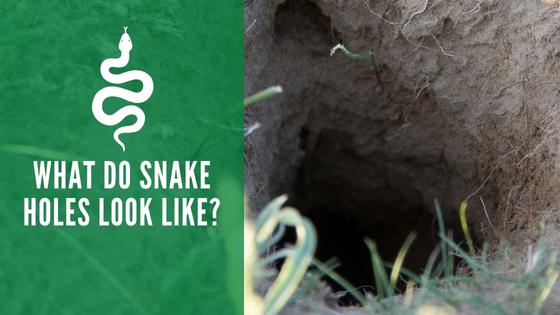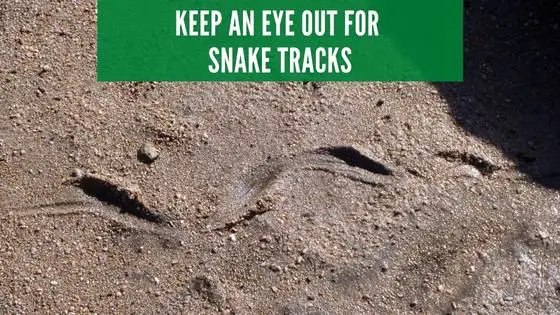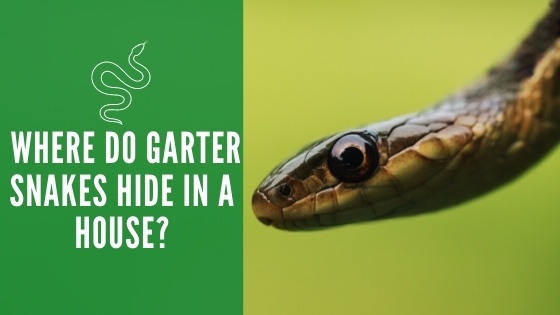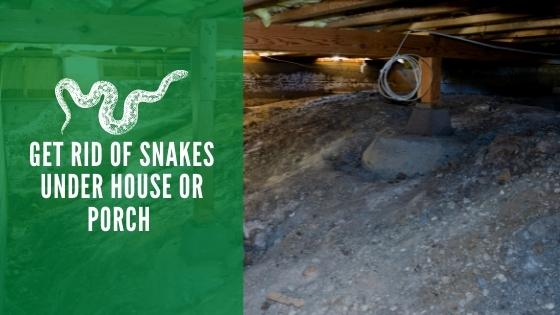What Do Snake Holes Look Like?

Snakes get a lot of bad press since people tend to be repulsed by their scaly skin and the potential of receiving a painful bite. Yet, they also serve a vital purpose in our ecosystem by helping to control other types of pests. Discovering a hole in your yard could signify that a snake lives inside, but you’ll need to do some snooping to find out for sure.
What Are Snake Holes?
Like other animals, snakes use holes as a safe place where they can hibernate, sleep, lay eggs and avoid predators. However, snakes cannot actually dig a deep hole since they don’t have limbs.
Instead of trying to burrow into the ground, they use holes that other animals have abandoned. For example, bullsnakes often use gopher tunnels and other animal burrows for hibernation to stay below the frost line during the winter season.
When you come across what appears to be a snake hole, you’ll also want to consider the possibility that other animals might be living inside. Or, a snake might’ve taken over a leftover hole from an active infestation of other critters.
What Do Snake Holes Look Like?
Snake holes can vary in size depending upon what made them in the first place. Some holes are only an inch or so in diameter, while others are much bigger. Snakes will typically find a hole that fits their body size so they can go inside and move around comfortably.
Some snake holes have mounds of dirt around them caused by an animal burrowing into the ground. Others might have smooth edges. Snakes don’t typically cover up a hole that they go inside, but they may be deep enough that you can’t tell how far they go beneath the ground level.
How Can You Tell If a Snake Hole Is Active?
You never want to go poking around a hole that could have an unidentified animal living inside of it. Snakes in a hole are likely to be defensive, especially if you arouse them from hibernation.
Although many snakes aren’t venomous, it is possible to stumble upon a rattlesnake, copperhead, or other types of snakes whose bite could land you in the hospital. Other animals that live in these holes are also known to bite humans, which they perceive as a threat to their survival.
Instead of poking the inside of a hole, it helps to do some investigating around the outer perimeter. Snakes frequently leave evidence that can help you identify whether or not one is living on your property.
You can start by checking for snake skins around the hole. Snakes shed their skin as they grow, and you’ll often find the cast-offs around where they live. Seeing multiple skins around a hole could indicate that a snake has been living there for a while or that multiple snakes live in the area.
You might also be able to identify snake droppings. Snake droppings often look similar to a bird’s since they have similar anatomy involving a single cloaca that deposits fecal matter along with uric acid simultaneously. This leaves a white mark on the droppings that can serve as a telltale sign that a snake left it behind near their hole.

Looking for tracks around the snake hole can also give you a strong clue as to whether or not it is active. Fresh snake tracks look like something was dragged into or out of the hole.
Since these tend to be light, they don’t last long and are often washed away by rain. Visible tracks often indicate that a snake has recently visited the hole.
How Do You Know What Lives In Holes In the Yard?
If you don’t find evidence of a snake, you might wonder what else could be living in the hole.
Moles, gophers, voles, and groundhogs are common animals that make holes in people’s yards, and these animals often choose properties near a food source, such as a garden.
Chipmunks, squirrels, and rats also make holes in the ground, and you can often identify what is living in a hole by assessing its characteristics. For instance, a hole larger than a softball might be from a groundhog.
Seeing multiple holes is also a sign that there is a community of animals living on your property. Norway rats often leave several holes near a building where they may run in and out to get food and water.
Should You Get Rid of Snake Holes?
The answer to this question greatly depends upon your tolerance for snakes and ability to correctly identify what is living beneath the ground. Some people prefer to leave a single snake alone when they know that it poses little harm to humans.
Bullsnakes are well-known for eating small mammals considered pests, such as mice and squirrels. However, you might prefer not to have a large snake living in an area where a small child or pet could get hurt. Eliminating snakes is also preferable for people who fear reptiles.
Once you know what you are dealing with, you can take the proper corrective action to avoid trapping an animal inside the hole, which could be inhumane.
Pest technicians can use various methods to get rid of animals in yard holes, including trapping and releasing the animals in a safer location. Some people use snake repellants or other strategies to eliminate the animals.
Once a snake or other animal is cleared from the hole, you can fill it with dirt. As you do, pack the dirt down so a snake can’t easily burrow back inside. Some people use wire mesh inside the hole to further ensure that an animal can’t return to their burrow.
How to Prevent Snake Holes?
Having holes on your property can harm people and animals that might trip over large ones. Most people also prefer to maintain a pest-free property to prevent damage to the landscaping and nearby buildings.
The best way to prevent snake holes is to minimize their ability to find food on your property. Dealing with rodents and other small animal infestations right away deters snakes from trying to visit the area, and they can’t invade a hole that isn’t there in the first place.
As a final step, eliminate other places snakes might use to hide. Clearing out log piles and other forms of debris makes it more likely that a snake will pass through your property and move along to somewhere else where they can live out their lives in the wild.




